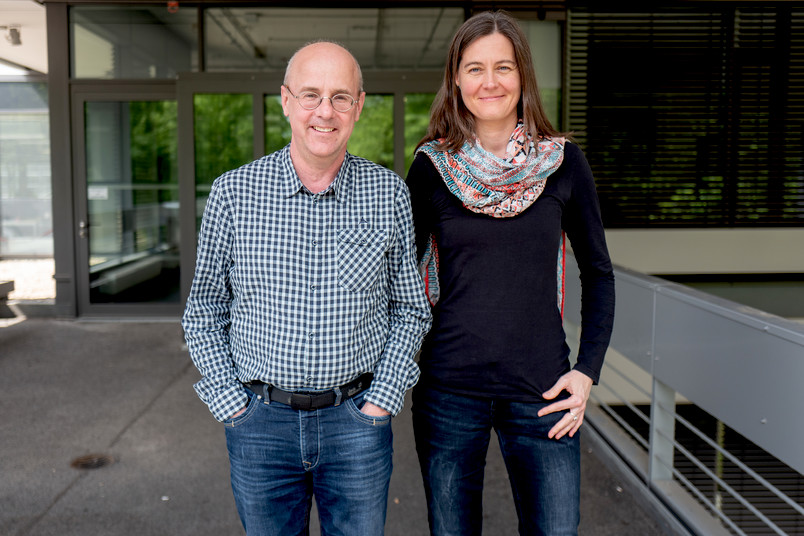600,000 euros for three years
The German Research Foundation is funding the project "Efficient sampling and parametrization of the grain boundary geometry and composition space: atomistic simulation meets statistical methodology" at the Chair of Stochastics of the Faculty of Mathematics and at the Interdisciplinary Centre for Advanced Materials Simulation, in short Icams, with about 600,000 euros for three years.
Complicated description in five dimensions
Describing grain boundaries in metals is very complicated: "We describe their geometry in five dimensions," explains private lecturer Dr. Rebecca Janisch from Icams. One of the reasons for this is that the grains, some of which are only a few nanometers in size, lie twisted against each other in the metal. This twisted position of the grains also causes individual atoms at the interfaces to be displaced and forced out of their preferred position. "As a result, a certain amount of energy is stored in the material," says Rebecca Janisch.
High-throughput process planned
This grain boundary energy and the material properties can be influenced by choosing certain starting metals for alloys or even by adding foreign atoms that accumulate at the grain boundaries, a process known as segregation. To optimize a material's properties more quickly and easily, the researchers want to model these processes mathematically. "Our goal is to develop an efficient high-throughput method for numerical simulations to determine grain boundary and segregation energies," says Professor Dr. Holger Dette, Chair of Stochastics at RUB.
Click here for the original article in the RUB news.
